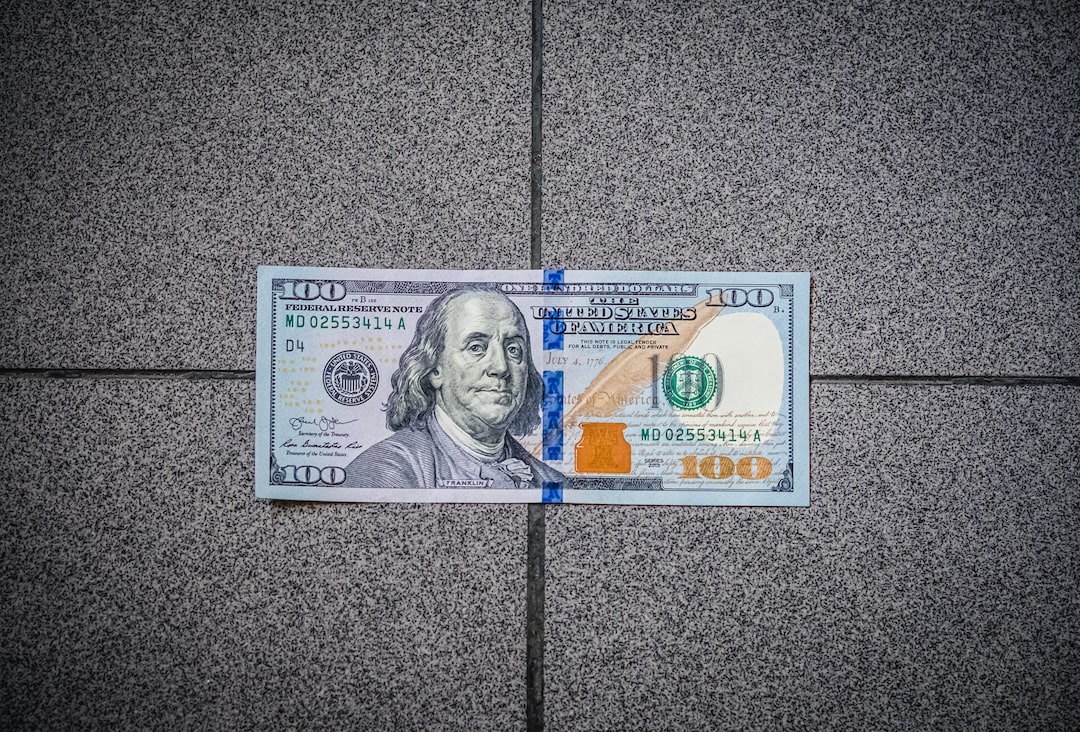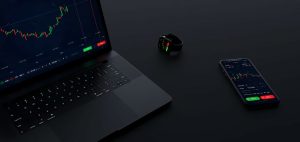Forex trading has become increasingly popular in recent years, and for good reason. The foreign exchange market is the largest financial market in the world, with a daily turnover of over $5 trillion. With the potential for high profits and the ability to trade from anywhere in the world, it’s no wonder that more and more people are looking to get started in forex trading.
If you’re a beginner to forex trading, it can seem overwhelming at first. But with a bit of education and practice, anyone can learn to trade forex. Here’s a step-by-step guide to getting started in forex trading for beginners in 2020.
Step 1: Educate Yourself
The first step in starting forex trading is to educate yourself on the basics. This includes understanding what forex trading is, how it works, and the key terms and concepts involved.
Forex trading involves buying and selling currencies in order to make a profit. Traders can make money by buying a currency when it’s low and selling it when it’s high, or by selling a currency when it’s high and buying it back when it’s low. The difference between the buying and selling prices is the profit.
There are a number of key terms and concepts that you need to understand in order to become a successful forex trader. These include:
– Currency pairs: Forex trading involves buying and selling currency pairs, such as the EUR/USD or GBP/USD.
– Pips: The smallest unit of measurement in forex trading is a pip, which stands for “percentage in point. It represents the smallest possible price change in a currency pair.
– Leverage: Forex traders often use leverage to increase their buying power. Leverage allows traders to control a large amount of currency with a small amount of capital.
– Margin: Margin is the amount of money that a trader needs to put up in order to open a position. It’s a type of collateral that ensures that the trader can cover any potential losses.
There are a number of resources available online that can help you learn the basics of forex trading. This includes online courses, webinars, and trading forums.
Step 2: Choose a Broker
Once you’ve educated yourself on the basics of forex trading, the next step is to choose a broker. A broker is a company that provides traders with access to the forex market.
When choosing a broker, there are a number of factors to consider. These include:
– Regulation: It’s important to choose a broker that is regulated by a reputable financial authority, such as the Financial Conduct Authority (FCA) in the UK or the National Futures Association (NFA) in the US.
– Trading Platform: The trading platform is the software that traders use to execute trades. It’s important to choose a broker that provides a platform that is easy to use and has all the necessary features.
– Spreads and Commissions: Spreads are the difference between the buying and selling prices of a currency pair. Commissions are fees charged by the broker for executing trades. It’s important to choose a broker that offers competitive spreads and commissions.
– Customer Support: It’s important to choose a broker that provides good customer support. This includes 24/7 support, multiple contact methods, and knowledgeable staff.
There are a number of forex brokers to choose from, so it’s important to do your research and choose a broker that meets your needs.
Step 3: Open a Demo Account
Before you start trading with real money, it’s a good idea to open a demo account. A demo account allows you to practice trading with virtual money in a simulated market environment.
This is a great way to get a feel for the trading platform and to practice your trading strategies without risking any real money. Most brokers offer demo accounts, and they are free to open.
Step 4: Develop a Trading Strategy
Once you’ve opened a demo account and have a good understanding of the basics of forex trading, the next step is to develop a trading strategy.
A trading strategy is a set of rules that you follow when trading. It should take into account your trading goals, risk tolerance, and trading style.
There are a number of trading strategies to choose from, including:
– Trend Following: This strategy involves following the trend of a currency pair and trading in the direction of the trend.
– Breakout Trading: This strategy involves entering a trade when the price of a currency pair breaks through a key level of support or resistance.
– Range Trading: This strategy involves trading within a range of prices that a currency pair has been trading in.
It’s important to choose a trading strategy that suits your trading style and personality. Once you’ve developed a trading strategy, it’s important to stick to it and not deviate from it.
Step 5: Start Trading with Real Money
Once you’ve developed a trading strategy and feel comfortable trading with virtual money on a demo account, the next step is to start trading with real money.
It’s important to start with a small amount of capital and to only risk what you can afford to lose. It’s also important to continue to educate yourself on the markets and to constantly refine your trading strategy.
In conclusion, forex trading can be a lucrative and exciting way to make money. By following these steps and continuing to educate yourself on the markets, you can become a successful forex trader in 2020.





